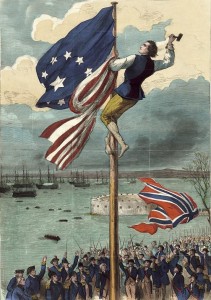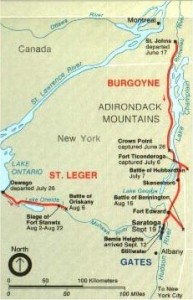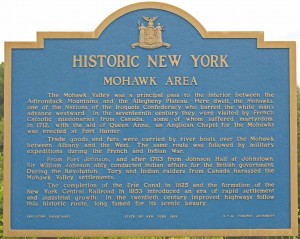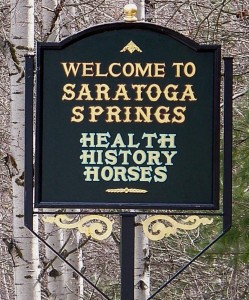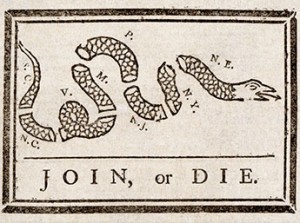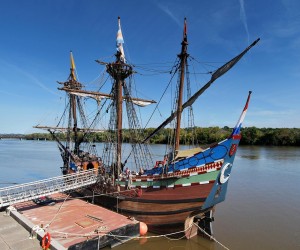
It was the best of times, it was the worst of times. So it goes for two ships and their diametrically contradictory paths through history.
The Half Moon is a full scale replica of the original Dutch ship of exploration sailed by Henry Hudson for the Dutch East India Company in 1609. The original Half Moon was the first European ship to document entry into what we now call the Delaware Bay and River, and to explore the Hudson River to its navigable limits.
 The Hermione is a full scale replica of the French ship that brought LaFayette to America in 1780 and which joined Admiral de Grasse’s fleet for the Battle off the Capes on the lower Chesapeake and the siege at Yorktown. The ship then sailed to Philadelphia in 1781 where the Continental Congress visited and paid tribute to it. Continue reading “The Half Moon and The Hermione: A Tale of Two Ships”
The Hermione is a full scale replica of the French ship that brought LaFayette to America in 1780 and which joined Admiral de Grasse’s fleet for the Battle off the Capes on the lower Chesapeake and the siege at Yorktown. The ship then sailed to Philadelphia in 1781 where the Continental Congress visited and paid tribute to it. Continue reading “The Half Moon and The Hermione: A Tale of Two Ships”


